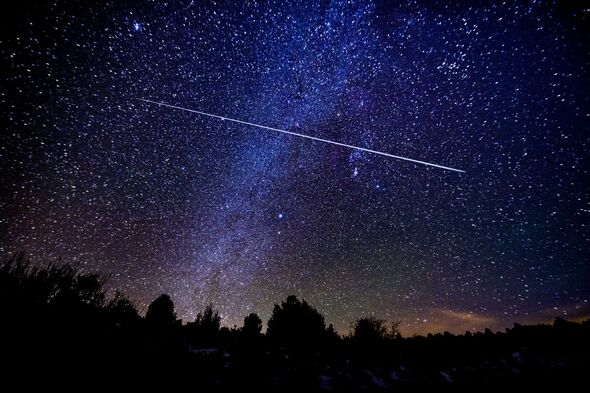URGENT UPDATE: The highly anticipated Orionids meteor shower peaks tonight, October 20, and tomorrow, October 21, offering stargazers a breathtaking celestial display. With meteors racing through the night sky at a staggering 41 miles per second, this is an event you cannot afford to miss!
The best viewing time is expected to be between midnight and dawn, when the sky will be at its darkest. The American Meteor Society reports that zero percent moon visibility on these peak nights means optimal conditions for spotting these luminous meteors. A waning crescent moon will rise near dawn but won’t interfere with the spectacle.
Skywatchers across both the Northern and Southern Hemispheres will be treated to this stunning display, as the Orionids create glowing trails from the debris of Halley’s Comet. Each October, the Earth crosses through these remnants, resulting in fiery bursts that light up the night.
“This year’s Orionids are set to be particularly spectacular,” said a representative from NASA. “The ideal conditions will allow viewers to see many more meteors than usual.”
To catch the best view, NASA recommends finding a location away from city lights. Make sure to give your eyes time to adjust to the dark, enhancing your chances to spot the vibrant meteors. Bring along sleeping bags, blankets, and chairs for a comfortable stargazing experience.
For those in the Northern Hemisphere, lie back with your feet facing southeast. If you’re in the Southern Hemisphere, orient yourself with your feet pointing northeast. This positioning allows you to fully enjoy the celestial show. Aim to observe at a distance of 45 to 90 degrees from the radiant point in the constellation Orion for extended meteor trails.
Don’t let this opportunity pass you by! Grab your friends and family, and head out for a night under the stars. This extraordinary cosmic event promises to be a highlight of the season, captivating both avid astronomers and casual viewers alike. Get ready to experience the magic of the Orionids tonight!
